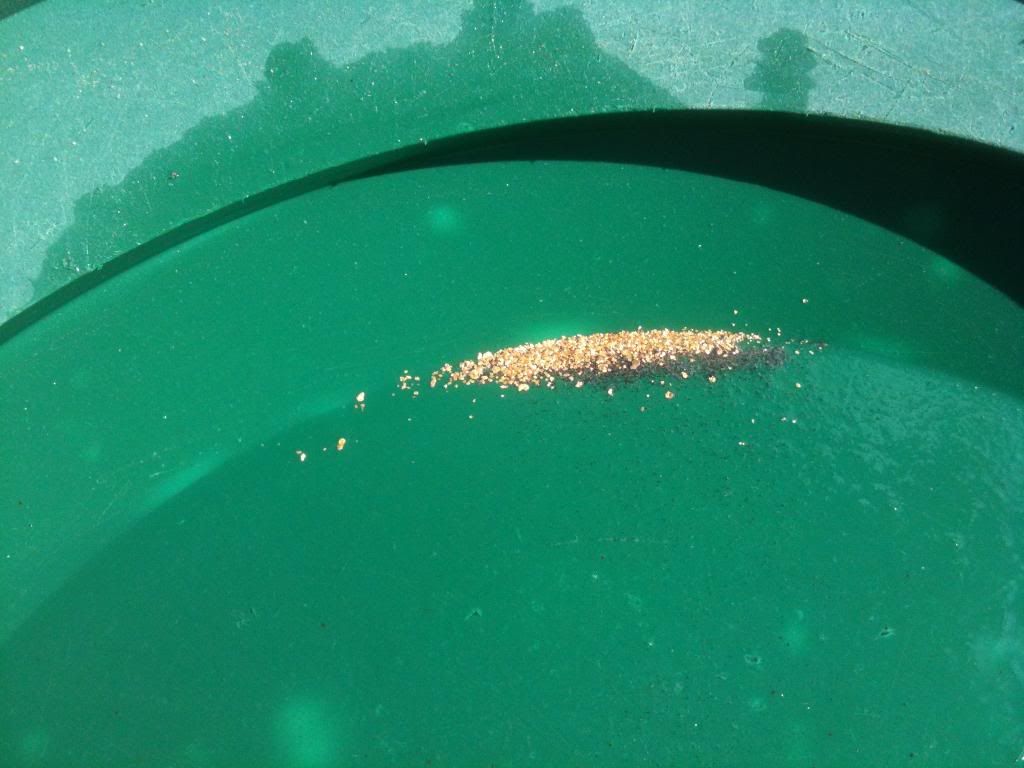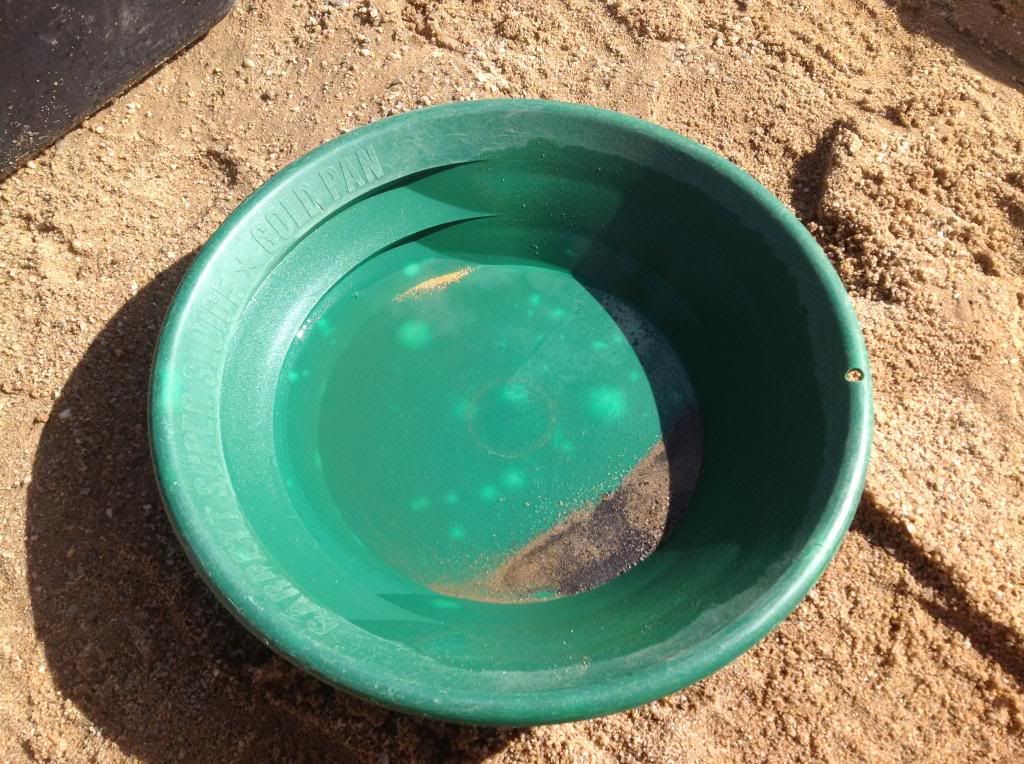Ryan1981
Ryan Talbot
Hi guys thanks for the warm welcome,sorry i havnt been back earlier but been flat out,
Anyway, Im heading to Oallen this coming weekend, and i am trying out my new high banker and last time i was there i just keep digging deeper and deeper, at the side of a bank.to about 1 m deep and 2m wide.
Is this the best strategy for Oallen, or should i just dig over a larger area/and shallower??
Any thoughts would be appreciated.
Thanks guys and girls, good luck and i hope you all find some big nuggets.
Anyway, Im heading to Oallen this coming weekend, and i am trying out my new high banker and last time i was there i just keep digging deeper and deeper, at the side of a bank.to about 1 m deep and 2m wide.
Is this the best strategy for Oallen, or should i just dig over a larger area/and shallower??
Any thoughts would be appreciated.
Thanks guys and girls, good luck and i hope you all find some big nuggets.





